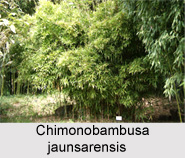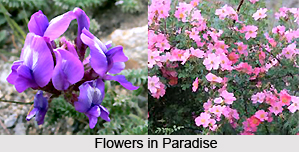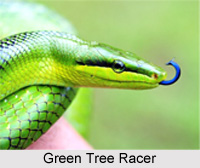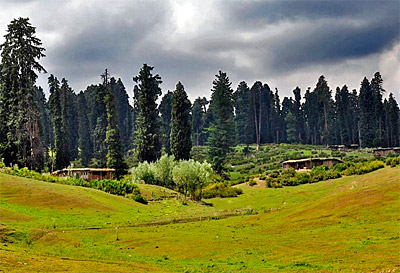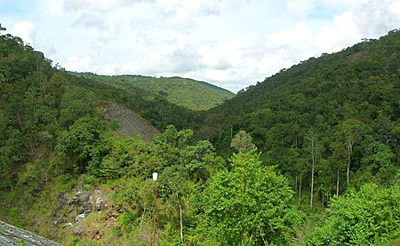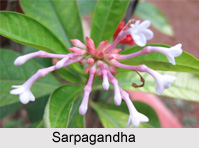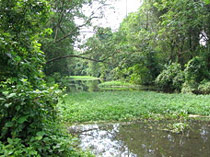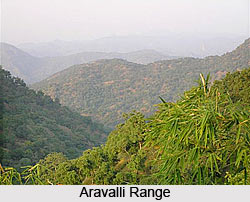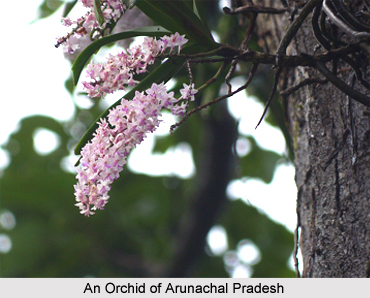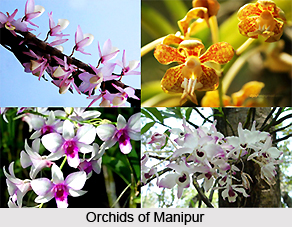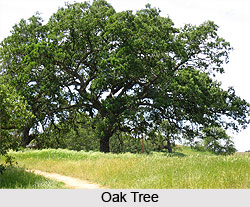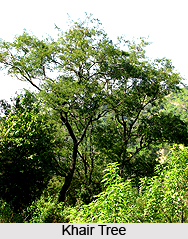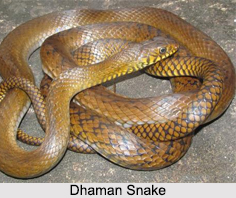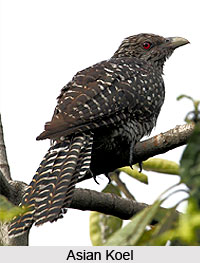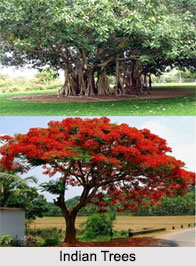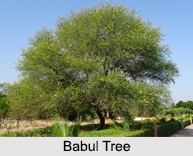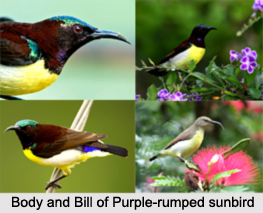 Purple-Rumped Sunbird is like other sun bird that takes insects when it is young, later they turned into herbivores in adult times. It is an Indian Bird having the scientific name "Leptocoma zeylonica". This is a sunbird endemic to the Indian States like West Bengal, Bihar, Kerala, Karnataka, Tamil Nadu, Goa, Maharashtra, Chhattisgarh, Jharkhand, Odisha.
Purple-Rumped Sunbird is like other sun bird that takes insects when it is young, later they turned into herbivores in adult times. It is an Indian Bird having the scientific name "Leptocoma zeylonica". This is a sunbird endemic to the Indian States like West Bengal, Bihar, Kerala, Karnataka, Tamil Nadu, Goa, Maharashtra, Chhattisgarh, Jharkhand, Odisha.
Size of Purple-Rumped Sunbird
Like other sunbirds, Purple-Rumped Sunbirds are small in size, feeding mainly on nectar but sometimes take insects, particularly when feeding young. They can hover for short durations but usually perch to suck nectar from flowers.
Nests of Purple-Rumped Sunbird
Purple-Rumped Sunbird builds a hanging pouch nest made up of cobwebs, lichens and plant material.
Sexes of Purple-Rumped Sunbird
The male Purple-Rumped Sunbirds are brightly coloured but females are olive above and yellow to buff below. The male Purple-Rumped Sunbirds are easily distinguished from the purple sunbird by the light coloured underside while females can be told apart by their whitish throats.
Structure of Purple-Rumped Sunbird
Purple-Rumped Sunbirds are tiny at less than 10 cm long. They have medium-length thin down-curved bills and brush-tipped tubular tongues, both adaptations for nectar feeding. Purple-Rumped Sunbirds are sexually dimorphic. The males have a dark maroon upper side with a blue-green crown that glistens at some angles, bright green shoulder patch and violet/ purple rump patch which is generally hidden under the wings. The under parts are whitish with dark throat, maroon breast band and purple/violet patch in the throat which is visible in some angles.
Iris of Purple-Rumped Sunbird
The iris of Purple-Rumped Sunbird is generally reddish in colour. In the Western Ghat Mountain Range in India, Purple-Rumped Sunbird can overlap in some areas with the crimson-backed sunbird but the male of that species has reddish upperparts, a broader breast band and generally darker eyes.
Throat of Female Purple-Rumped Sunbird
The female Purple-Rumped Sunbird has a white throat followed by yellowish breast. The upper side is olive or brownish.
Tails of Purple-rumped sunbird
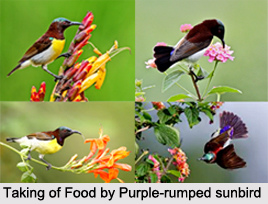 The upper tail coverts of Purple-Rumped Sunbird are black and a weak supercilium may be visible.
The upper tail coverts of Purple-Rumped Sunbird are black and a weak supercilium may be visible.
Breeding Range of Purple-Rumped Sunbird
Purple-Rumped Sunbird is a common resident breeder in southern India, Sri Lanka and Bangladesh. It is found in Gujarat to the west (possibly a recent expansion) and extending into Assam (Hailakandi) or Meghalaya in the east. Records from Myanmar are not certain.
Habitat of Purple-rumped sunbird
Purple-Rumped Sunbird is found in a variety of habitats with trees, including scrub and cultivation and is usually absent from dense forest.
Breeding of Purple-Rumped Sunbird
Purple-Rumped Sunbird breeds through the year and may have two broods, but mainly during the monsoons.
Nests if Purple-Rumped Sunbird
The nest of Purple-Rumped Sunbird is made up of fine plant fibres, cobwebs and is studded on the exterior with lichens, bark pieces, flying seeds and other materials. The nest is constructed by the female alone although the male may fly alongside her. The nest is lined with soft fibres such as from the fuzz covering the seeds of Calotropis. The nest is placed on the end of branch and the entrance usually faces a bush. Nests may sometimes be built close to buildings or under open porches. The female stays in the nest at night a couple of day before laying the eggs. The clutch consists of two eggs which are generally oval, pale greenish and white with spots and streaks, becoming denser at the broad end. Sometimes, eggs may be plain grey without markings as well. When collecting cobwebs they are often seen at windows of homes, a time when they also sometimes end up tapping the window, possibly at their own reflection.
Eggs of Purple-Rumped Sunbird
The eggs of Purple-Rumped Sunbird are usually laid in the morning. The eggs are incubated by both the male and female. The incubation period varies from 14 to 16 days. The chicks fledge in about 17 days and continue to be fed by the male for a few days. Helpers, females or possibly juveniles from the previous brood may sometimes assist the parents in feeding the young.
